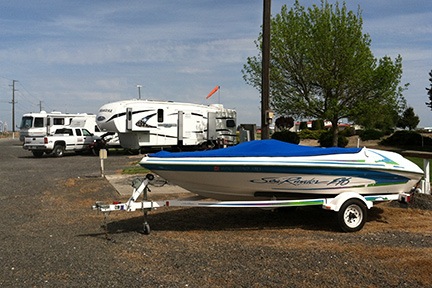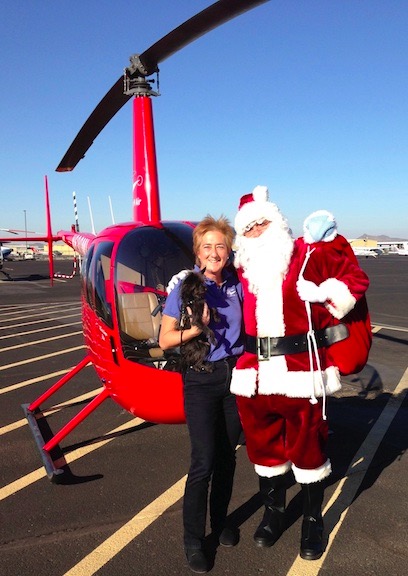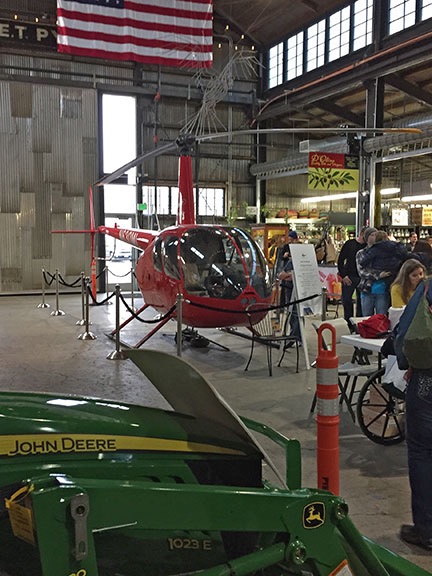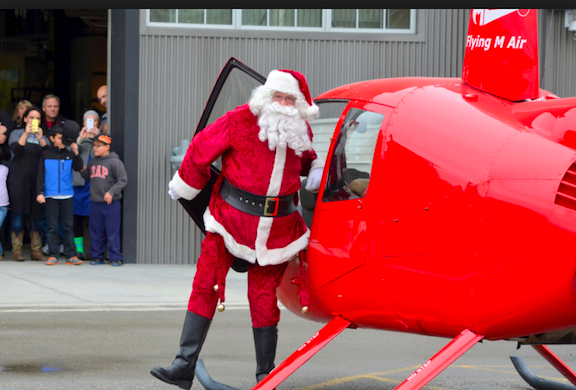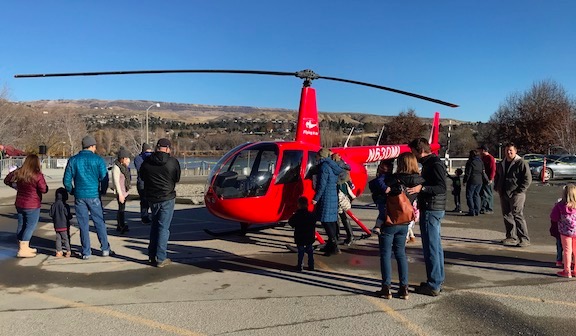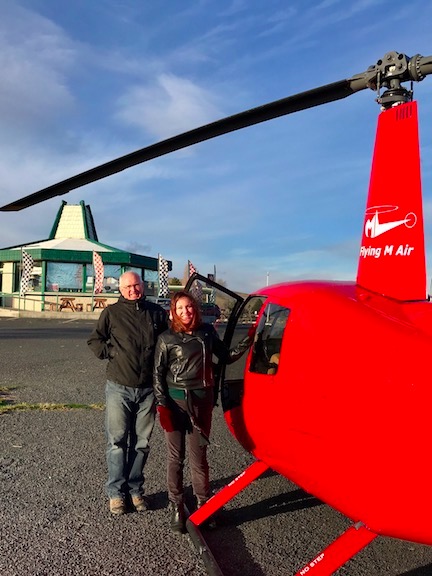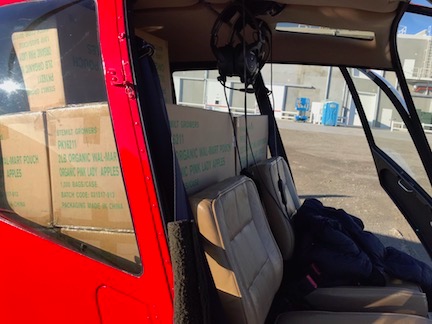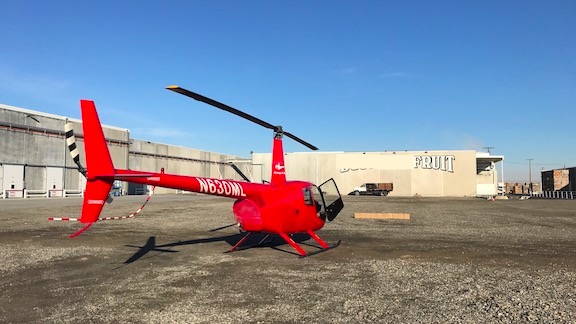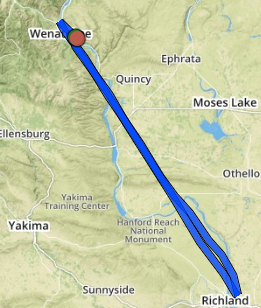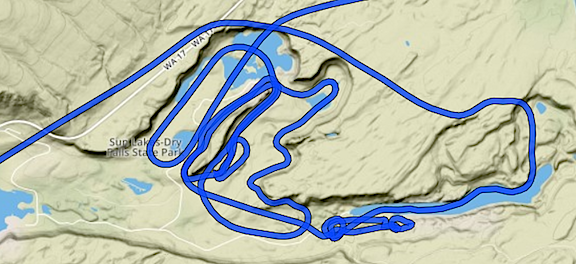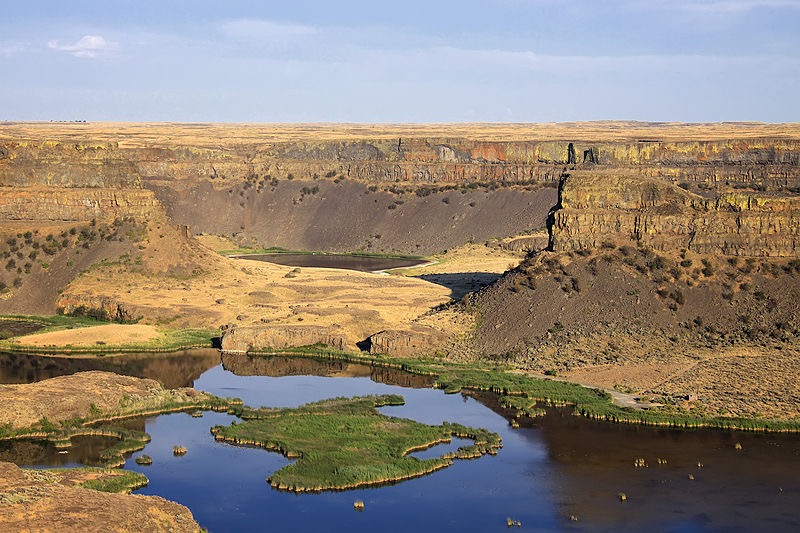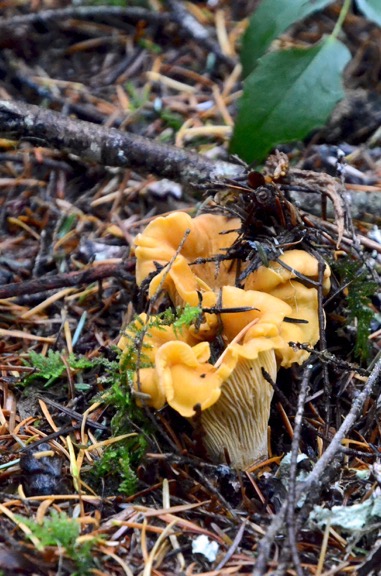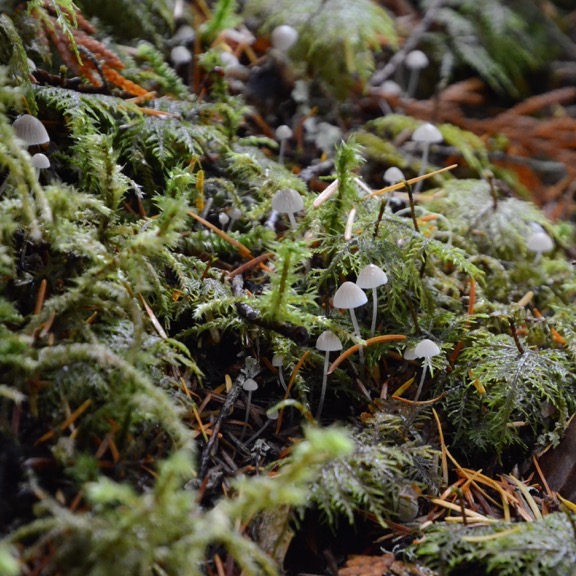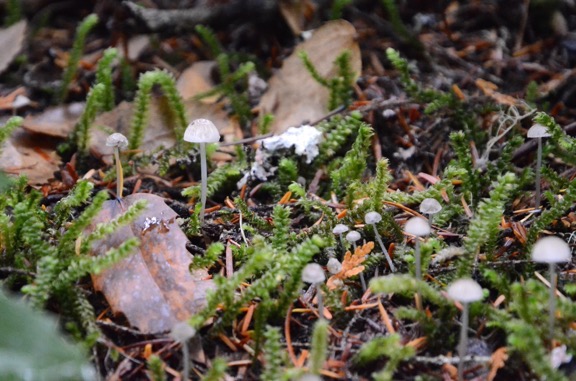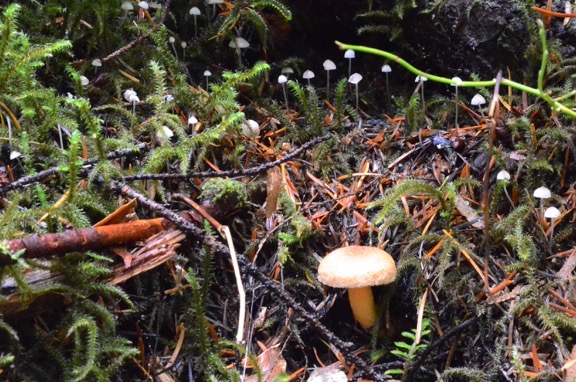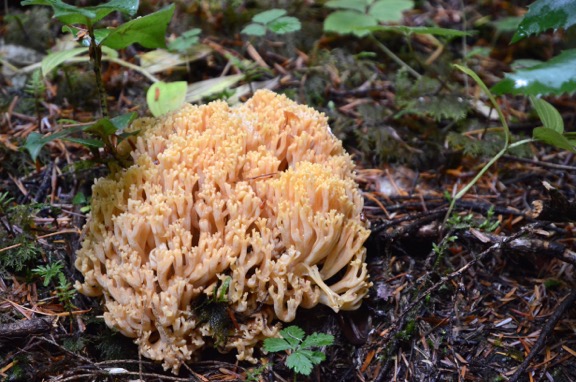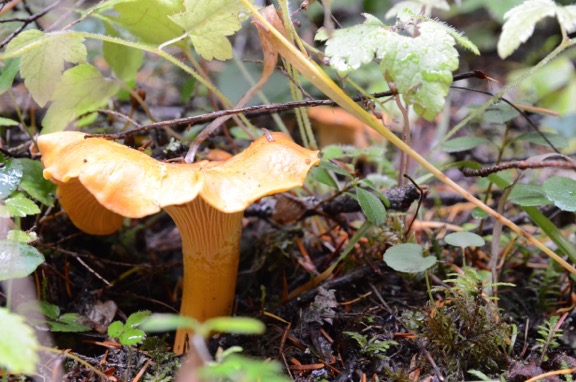I go off the grid for four days to hunt for morel mushrooms.
One of the best things about being single is all the time I have to do my own thing. Since my divorce started back in 2012 (and eventually ended years later), I’ve picked up a number of new hobbies, some of which are seasonal. Mushroom hunting is one of these hobbies.
Mushrooming Since 2015
I started learning about foraging for mushrooms at a weekend-long class at the North Cascades Environmental Learning Center in October 2015. Not long after that, in May 2016, I went on my first morel mushroom hunt with my friend Sue. I actually went out several times, both alone and with Sue, to a variety of places. We did okay — good enough to have morels with a handful of meals.
If you’ve never had fresh morels, you have no idea what you’re missing. They are amazingly delicious. My favorite way to eat them? Dust with flour, salt, and pepper, and sauté gently in butter. Holy cow. I also made a morel mushroom pizza which wasn’t bad; I’d certainly do it again if I brought home enough mushrooms to want variety in how I eat them.
The same year, I joined the Puget Sound Mycological Society (PSMS), mostly so I could go on their Ben Woo Foray just outside Mount Rainier National Park. 2017 was a very wet year and I saw, in 10 minutes, more mushrooms on the grounds of where the event was being held than I had all summer long on the relatively dry east side of the Cascades where I live. I learned about other edibles — which is honestly all I care to collect — and brought home enough to eat and freeze and enjoy. Heck, I was still eating chanterelles that winter when I took my camper down to Arizona.
The PSMS has other outings and a handful of them are on my side of the mountains in the spring. Last year, I joined the group for a weekend camping trip at Silver Falls Campground about 30 miles up the Entiat River. I came in my truck camper on Friday afternoon and was one of the first to arrive in the group campground. Soon others were pulling in after a very long drive from the Seattle area. It was not a successful weekend, at least as far as mushroom hunting is concerned. I think we were about a week too early. I came back the following week and tried again on my own. The woods were full of mushroom hunters and we were all looking for the same thing: morels.
Up the Entiat
The Entiat River valley is a perfect spot for them. There were huge forest fires in 2015 that devastated much of the valley beyond Silver Falls and did some serious damage to the Silver Falls area. The trail to the falls and even the campground were closed for more than a year. Since morels prefer conifer forests after a fire, it made sense to look there. But there was too much competition in 2017 and I came away disappointed on both trips with barely enough mushrooms for a side dish.
This year, I decided to try again — but with a bit of a head start. I figured I’d head up the Entiat two days early but continue past Silver Falls, all the way up to Cottonwood campground eight miles farther at the end of the road. The road had been closed about a mile past Silver Falls the previous year but a call to the ranger station assured me that it was open. And although Cottonwood campground was technically closed due to fire damage, it wasn’t gated. I was told I could use it as long as I hauled out my own trash.
I had a slight idea of the fire damage the ranger told me about. I’d flown up the canyon a few times the previous year. One of my favorite helicopter joy rides, often with friends, is to follow the Columbia River to the mouth of the Entiat River, then head upstream and follow that to a fork in the canyon. If I make the right turn, I can pop over a ridge not far from Holden Village and Lake Chelan. From there, I follow the lake up to Stehekin. In the spring, there are too many waterfalls along the way to count.
Anyway, I’d seen what looked like a campground from the air in a piece of forest with nothing but blackened towers of burned trees. That was either Cottonwood or one of the ones along the way. Lots of fire damage. Would that mean lots of mushrooms?
There was only way to find out.
A Late Start
There were a bunch of things I needed to do at home before I could head out. First and foremost was an article I was supposed to write for Vertical magazine that I had put off too many times. My deadline had been Friday and here it was on Wednesday and I still hadn’t written a word.
The trouble is, I do my best writing in the morning. Actually, I do my best everything in the morning. But the morning is also when it’s cool out so that’s the best time to work on my garden and do other outdoor things. I’d been promising myself that I’d work on the article in the afternoon, when it was too hot outside to work. But I never did. Now I realized that if I didn’t write the article, there was no way I’d be able to get it to my editor for another week. And since I’d already missed one drop-dead deadline on this piece, missing another would not be a good idea.
So I climbed up into my loft-based office, fired up my computer, and got to work. Three hours later, I had a 1600-word interview all ready for review by my subject. I emailed it to him.
Then I had to move the “outhouse” I use with my glamping tent. (I really need to blog about that setup and my most excellent portable toilet.) I’d moved it down close to the tent for guests about two weeks ago. Now it was time to dump it and reposition it in a more permanent place for the season. I didn’t like where I had it. And the damn thing had already blown over once in heavy wind — thankfully, it had been empty — and I needed my neighbor’s backhoe to get it back on its wheels. I didn’t want that to happen again when it was full. (Ick.)
Moving it took about an hour, mostly because I had trouble getting it hooked up to my ATV’s front hitch. Then a very slow drive up the path from the tent, around the driveway edge, and in place near the big aspen tree by my garden. I needed to borrow the sewer hose from my camper to make a hose long enough to reach the sewer connection in my driveway. Finally, I secured it on jacks so it wouldn’t topple over again.
By that time, it was time for lunch. I had leftover lamb shank.
Next, I had to prep the camper. That meant pulling out a lot of the things I’d left in there after my winter travels that I wouldn’t need for my upcoming trip. When I went to make the bed, it was pretty obvious that the cats had been in there — the bed was covered with cat hair. So I had to get out the shop vac and suck all that hair out. I vacuumed the rest of the rig, too. Then I made the bed, organized the kitchen and bathroom and dining area, and started to pack up the things I would need for the trip, like food and my jewelry-making stuff and my drone.
Then I needed to raise the camper on its legs, back the truck under it, lower the camper onto the truck, and secure the camper to the truck using the tie-down straps. That took about 20 minutes; I’m getting good at it.
The clock was ticking loudly. I knew that if I left home after 6 PM, there was a good chance I’d get to Cottonwood campground after dark, which was definitely not what I wanted. By the time I was ready to take a shower and pack up my clothes, it was 3:30. And that’s when I realized that I hadn’t reviewed the comments my interview subject had emailed back to me.
So I climbed back up to the loft, opened the file he’d emailed back to me, opened my Word document file, and went through the few edits he’d sent. I proofread the article and emailed it to my editor with apologies for being late.
It was 4:30 PM when I finally got into the shower. I needed a serious scrubbing — I’d been sweating all day — and had to wash my hair. So a long shower.
Then getting together my clothes and more food items. And checking off items on my list, some of which needed fetching from various places all over my home and garage and tent. And chicken coop — I needed to bring eggs.
It was 5:30 PM when I finally locked up the house and rolled out of my driveway.
I needed to make one stop: the local Fred Meyer supermarket. I wanted to get a few grocery items: sushi to munch on in the truck, a roasted chicken, and some salad. And I needed fuel for the truck. I was pleased to get a 50¢ gallon discount when filling the truck’s huge tank, even though I still had a quarter tank of fuel.
If stopping for propane would have been easy, I would’ve done it. But the RV dealer on the way out of town was closed and it would have been a time-consuming ordeal at a convenience store. I was pretty sure I had enough propane on board for the trip so I skipped it.
I rolled out of Wenatchee at 6:33 PM.
The Drive Up
It was not a long drive — not in miles, anyway. The campground was 38 miles up Entiat River Road. The turn for that was maybe 10 miles from Wenatchee’s north end bridge. So figure about 48 miles from where I crossed the river from the East Wenatchee side.
It was surprisingly windy along the river. Although it had been a nice day with partly cloudy skies, storms were in the forecast and, from my home’s position on the hillside, I’d seen sheets of rain falling in various directions. But once I was on the road, I no longer felt in a hurry. I set my cruise control for 55 in a 60 mph zone to make it easy to drive my high profile load. The only other vehicle on the road going my way was a police car, which passed me.
There was no traffic at all in either direction on Entiat River Road. Sure, there are homes up there, but I guess everyone was home. The road runs alongside the river, which was running high and fast from snow melt up in the mountains. The next two rivers up the Columbia — the Stehekin, which empties into Lake Chelan, and the Okannogan — were at flood stage. The Entiat was close but none of the bridges across it were closed and there was no flooding on the road.
The farther upriver I got, the narrower and twistier the road became. It was actually a great motorcycling road — I’d taken my bike up to Silver Falls several times for a hike. But behind the wheel of a high CG vehicle, it wasn’t much fun.
Most of the valley was in shadows when I made my turn. I’d periodically get a flash of late afternoon sun in my face, but after a while even that stopped. My average speed dropped from about 50 when I made the turn down to 30 when I entered the national forest.
I was very surprised to see a gate closing off Silver Falls campground. The sign at the beginning of the road had listed all the campgrounds from Silver Falls on as closed but I was going by what the ranger told me. I hoped there was no gate at Cottonwood. But even if there was, I’d deal with it. One of the great things about traveling with a truck camper (or a camper van or a small motorhome) is that it’s easy to park and when you do, you’re camping. So if there was a closed gate at my destination, I’d simply find a place to park off the road out there and settle in for the night.
About a mile past Silver Falls I reached the gate at the road that had been closed the previous year. It was open, as I expected, and I kept going. By this point, I was into the fire damaged area. The sun, although still shining on the tops of the mountains around me, was not shining anywhere in the valley. Still, I could easy see the fallen trees and burned stumps. In some places, where were still tall live trees but in others, there weren’t. At one point, a sign warned of a narrow road for a half mile and the road went down to one lane with tall embankments on both sides. Fast running creeks came out of the hills on my right and formed channels of water on the other side of the embankments; clearly they had been built there to stop flooding and erosion on the road.
And that got me thinking about the kind of damage forest fires do. It isn’t just burned up trees and undergrowth. It’s the subsequent erosion caused by rain and snowmelt on terrain that is no longer able to contain or slow down the running water. It’s the debris that clogs streams and causes them to reroute in directions that road planners never expected. It’s the undercutting of roads and bridges. It’s the layers of ash that choke off oxygen to the soil, making it difficult for plant life to return.
One by one, I passed the other campgrounds along the way. None of them were blocked off, although one had a paper sign over its regular sign that said “Day Use Only.” All of the signs on the right side of the road that had once identified the campground by name were gone. Only the structures that had once held the signs remained.
The pavement ended and I continued on. By this time, I had caught up with an SUV. Although I was only going about 20 to 30 miles per hour, he pulled over to let me pass.
Small creeks crossed the road and I drove right through them. Three of them. None of them were deep, but the road was definitely being eroded. The road climbed some hills and descended on the other side. The landscape was full of the burned remains of once tall conifers.
And then I was at Cottonwood campground. Like the other campgrounds, its sign was gone, but a road sign pointed me to it. I turned left, crossed a bridge over the raging Entiat River, and followed the road around to what was left of the campground.
At Cottonwood Campground
I say “what was left” of the campground because it was a mess. If there had been cottonwoods there, they were all gone. Most of the trees were gone. The campground was basically an open field full of burned tree stumps.

I shot this photo the next day. I have to wonder where the cottonwoods were.
Somehow, the bathroom buildings had been spared. They stood almost evenly spaced alongside the road among neatly stacked piles of lumber and heavy wooden picnic tables.
I drove down to the end of the campground and followed the loop back to the road I’d been on. It was hard to identify where the sites had been. Fire pits were my only indicator in some places. Fallen trees blocked off what might have been driveways or parking areas. It would take a lot of man hours to get this place back to the way it had been — even without the trees. It had already been more than two full years and they had a long way to go.
What a shame.
I found a driveway that led down to two or three spots along the river that were still intact and turned into it. At the end, I had quite a challenge turning around my rig in an area that might have measured 30 feet square with obstacles that included trees, a piece of rebar in the ground that would have made short work of my truck tire, and huge stones. At one point, I thought I was stuck, but since stuck wasn’t an option, I kept trying. After about 20 forward/reverse maneuvers with me getting out of the truck to look for that piece of rebar every time, I finally got it turned around. I backed into one of the spots and stopped when the truck seemed level.
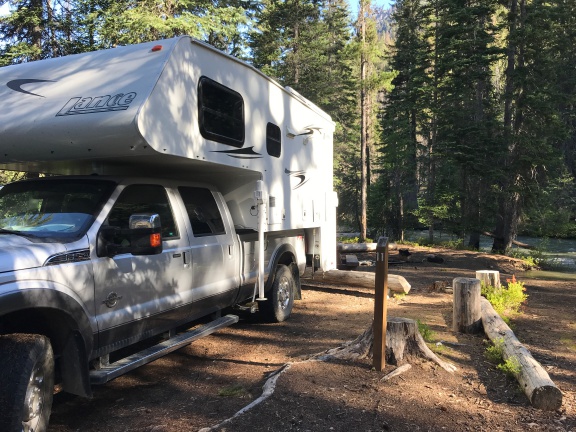
I took this photo of my camper in its overnight spot the next morning before pulling out. This was one of the few undamaged spots in the campground.
It would have been a pleasant spot if it weren’t for all the fire damage around us. The river was only 20 feet away. I had a picnic table and a fire pit, neither of which got any use.
And yes, I was the only person there. I had the whole campground to myself. The only sound was the water rushing by.
By that time, the sun had gone down and it was beginning to get dark. The SUV I’d passed a while before pulled into the campground, drove down to the end, and then drove out. I never saw it again.
Penny and I went for a quick walk around, mostly to stretch our legs and give Penny a chance to do her business. Then, since it was starting to get chilly, we went back into the camper and closed it up for the night. I had some chicken and a salad for dinner; Penny got the chicken fat and skins with some chicken juice over her kibbles.
We were in bed and asleep by 9:30 PM.
More to come…

